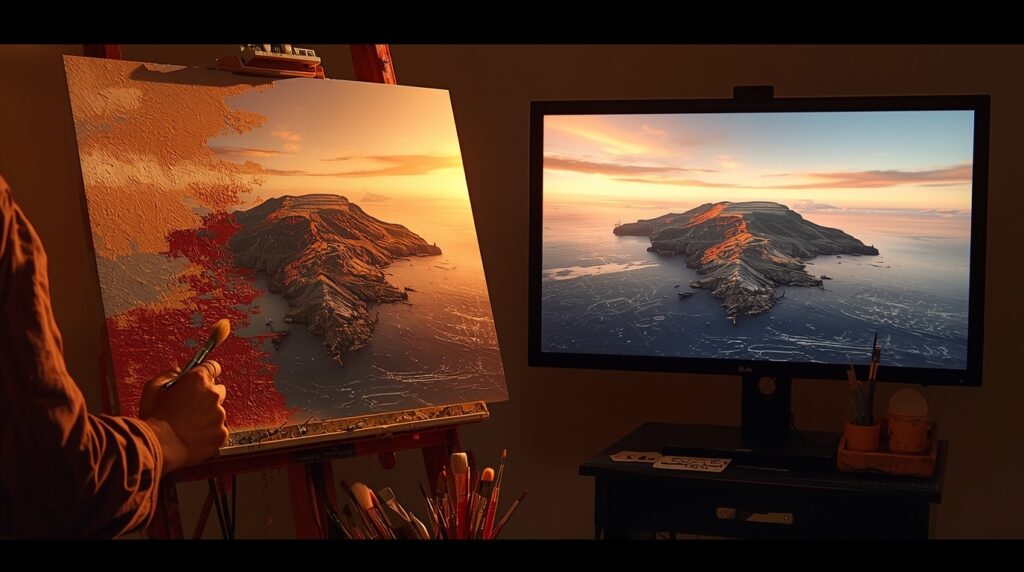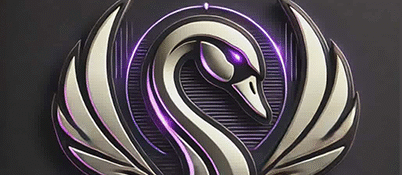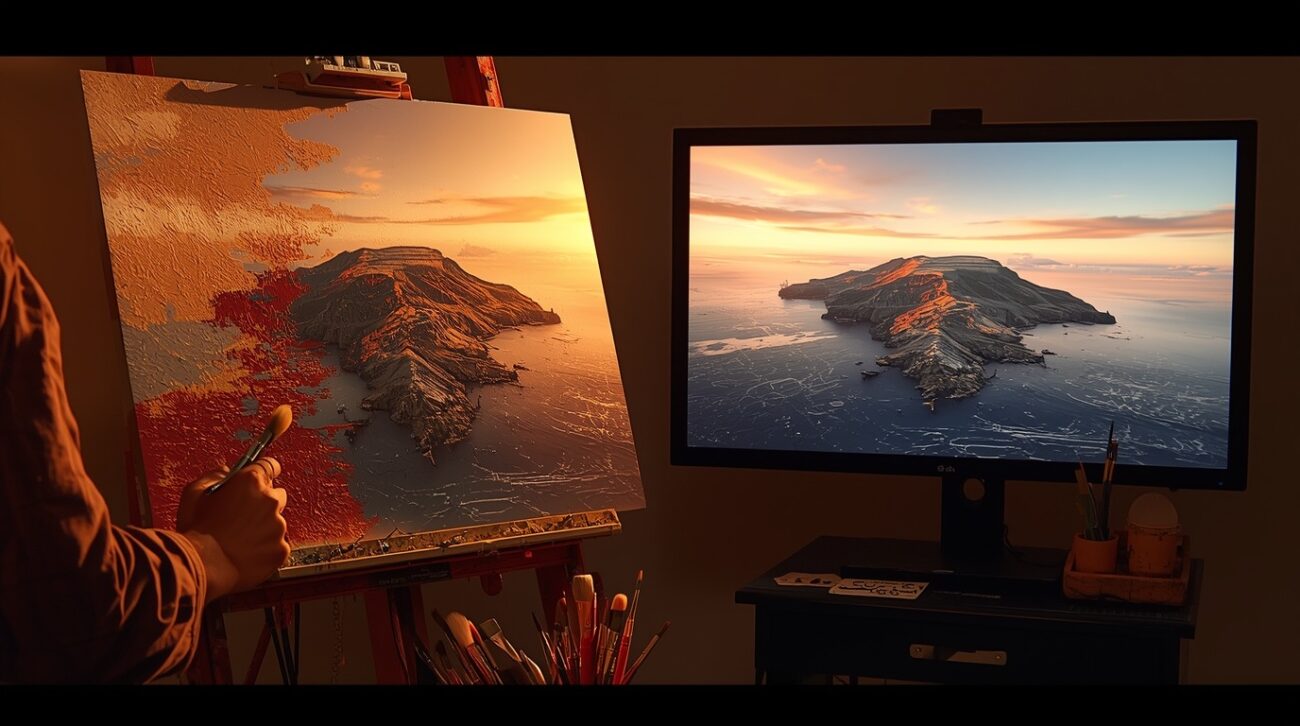
For decades, artists relied on traditional mediums—oils, acrylics, watercolors, and pencils—to express creativity. While these tools provide tactile beauty, they come with limitations such as high cost, toxicity, and physical storage issues. With the rise of digital platforms, artists discovered new freedoms. Among these tools, Bryce stood out as a unique bridge between traditional artistry and digital innovation.
How Bryce Helps Traditional Artists
- Safe Experimentation: Traditional materials often involve chemicals like turpentine and linseed oil. Bryce offered a non-toxic alternative to test ideas.
- Compositional Training: Artists could explore perspective, horizon lines, and atmospheric depth digitally, strengthening the same fundamentals needed for painting or drawing.
- Previsualization: Before painting on canvas, artists could mock up complex landscapes digitally, reducing trial-and-error.
Why Digital Artists Love Bryce
- Infinite Landscapes: Bryce excels at creating expansive environments and atmospheric scenes.
- Lighting Experiments: The ability to manipulate sun, sky, and shadows helps digital painters and 3D modelers refine realism.
- Idea Generation: Quick rendering of unique worlds sparks inspiration that traditional sketches alone might not capture.
Conclusion
Bryce remains a timeless example of how digital tools can support traditional techniques, merging classical skills with modern innovation. Artists benefit not only from the safety and cost-effectiveness but also from the ability to expand their visual imagination.

